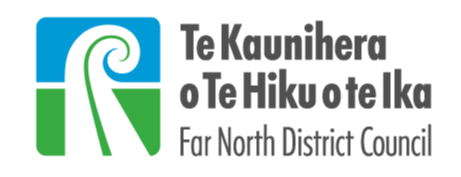What is EC?
Electrocoagulation (EC) is a process using electricity and iron plates (electrodes) to separate water soluble nutrients in the wastewater.
These nutrients - like phosphorus, nitrate and ammonium - are not visible. Potentially harmful bacteria, viruses and algae are also destroyed during the EC process. Larger molecules which form, become visible as sludge, which then settles at the bottom of the settlement tank. After a clarification process, the clean 'wastewater' can be discharged to a subsoil irrigation system then to farmland. The separated sludge will dry and can be used as fertiliser for farms, orchards and gardens.
At the Taipā plant, wastewater from the large maturation pond is being pumped through the EC unit, settler tank and screw press. The resulting clean water can go to the wetland, and once the irrigation system is in place, it can go directly to land.
The EC system can be added to existing wastewater plants as a polishing and sludge removal unit.
What is the EC process being trialed at the Taipā WWTP?
Watch Andreas Kurmann, who is a member of the working group, explain the EC process being trialled at Taipā, in this video.
It is culturally unacceptable for treated wastewater to be discharged to water. In Te Ao Māori human waste is considered harmful, tapu, and needs to be kept separate from where people cook, eat, harvest food, talk and sleep. Wai (water) is a taonga with a mauri. The mauri of wai is degraded when wastewater is discharged to it.
The council is statutorily required to investigate options for discharging wastewater to land. Conditions of the resource consent order set out this requirement.
Discharging wastewater to land will reduce contamination of a freshwater body, and if treated wastewater is used to irrigate land this can result in reduced demand (for irrigation) on freshwater sources.
- Discharging treated wastewater to land encourages further treatment through contact with soils and also allows vegetation to uptake nutrients
- Discharging to land stops contaminants entering waterways
- Taking treated wastewater out of waterways helps to restore the mauri of the awa
- Treated wastewater can be re-used for irrigation purposes, which in turn reduces demand on other freshwater sources.

